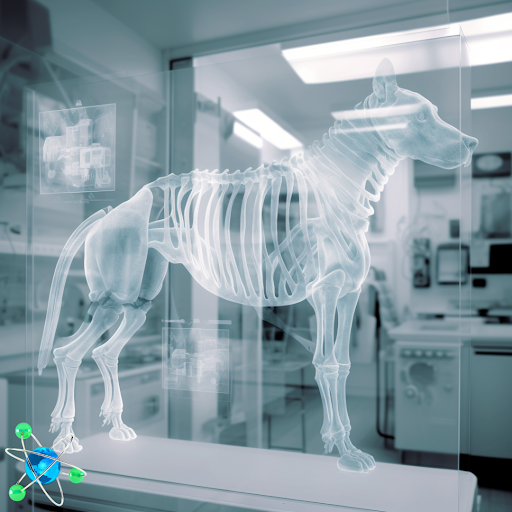
TL;DR
The benefits of an upgraded APS consist of:
- Improved understanding of materials: Stronger X-rays will enable scientists to analyze materials in greater detail, discovering new understandings of their structure and dynamics. These insights will help shape the path towards the development of improved materials with improved properties.
- Advances in energy storage: The brighter X-rays can be used to study how batteries and other energy storage devices are structured and how they interact. This can help create new energy storage technologies that work better and use energy more efficiently.
- Breakthroughs in medicine: The brighter X-rays can be used to study the structure and dynamics of cells and tissues. This could lead to new diagnostic tools and treatments for a variety of diseases.
Scientists are constantly trying to discover new breakthroughs and further advance the technologies they use. Their technologies are constantly undergoing changes and upgrades. At The Advanced Photon Source (APS) at Argonne National Laboratory (ANL), there are major advancements with APS’ X-ray beams. The upgrade will allow X-ray beams to be up to 500 times brighter than the current facility can create. This upgrade will be a valuable resource for scientists globally. This is expected to lead to new discoveries in various fields, including energy storage, materials science, medicine, and more. In fact, in 2021, ANL was able to successfully image an entire mouse brain. With new technology advancements, such as brighter X-ray beams, there will be countless advancements in science.
The APS is a synchrotron light source, which means it uses a powerful electron accelerator to create X-rays. Scientists can utilize the X-rays to study the structure and dynamics of materials, molecules, and atoms. Since the beams are brighter, scientists can study these systems in much greater detail. For example, the brighter beams can be used to study the structure of proteins and how they interact with other molecules. This knowledge can potentially be used to develop new drugs and treatments for diseases. There are other pros to the brighter beams, such as understanding the structure of materials, how materials and molecules move and interact. The knowledge can be used to develop new materials for various applications and develop new materials that are more efficient, durable, and safer.

This upgrade is great news and will be completed in a short amount of time, being on track to be finished by April 2024. The APS upgrade is a huge investment in the future of science. There will be various benefits, one of which is breakthroughs in medicine. Using brighter X-rays to study the structure and dynamics of cells and tissues can lead to treatments for a variety of diseases, which includes potentially finding new cancer treatments. This upgrade will help to ensure that the United States remains at the forefront of scientific research, while having the benefits available to everyone.
